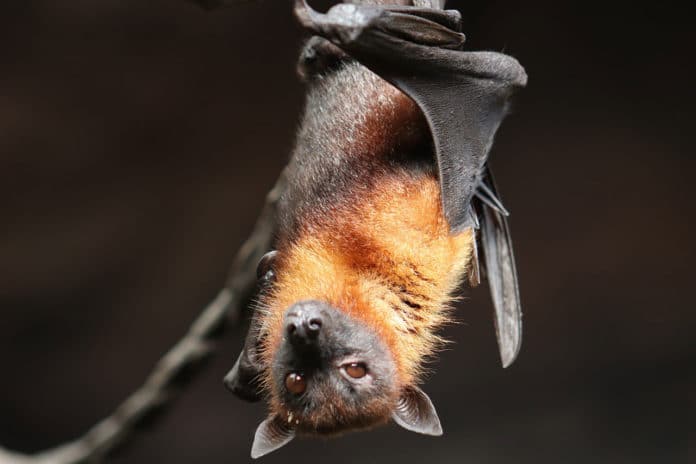Called creepy, scary, and spooky, bats often get a bad reputation. You may have observed bats fly into walls. Have you ever wondered why?
Bats use sound to navigate–a trick called echolocation. Echolocation–the active use of sonar (SOund Navigation And Ranging) along with special morphological (physical features) and physiological adaptations–allows bats to “see” with sound.
Sometimes bats collide with large walls even though they detect these walls with their sonar system. Scientists from Tel Aviv University (TAU) have suggested that these collisions do not occur from a sensory limitation but rather from an acoustic perception error.
Scientists released dozens of bats in a corridor blocked by objects of different sizes and made of different materials. They discovered that the bats collided with large sponge walls that produce a weak echo as if they did not exist.
This behavior of bats suggests that they did this even though they had detected the wall with their sonar system. It means the collision did not result from a sensory limitation but rather from an acoustic misperception.
Scientists noted, “The unnatural combination of a large object and a weak echo disrupts the bats’ sensory perception and causes them to ignore the obstacle, much like people who bump into transparent walls.”
In another trial, scientists methodically changed the features of the objects along the corridor. They varied the object’s size, texture, and echo intensity. After observing the bat’s behavior, scientists concluded that the bats’ acoustic perception depends on a coherent, typical correlation of the dimensions with objects in nature—that a large object should produce a strong echo and a small object a weak echo.
The study was led by Dr. Sasha Danilovich, a former Ph.D. student in the lab of Prof. Yossi Yovel, Head of the Sagol School for Neuroscience and faculty member at the School of Zoology at the George S. Wise Faculty of Life Sciences. Other participants included Dr. Arian Bonman and students Gal Shalev and Aya Goldstein of the Sensory Perception and Cognition Laboratory at the School of Zoology and the Sagol School of Neuroscience.
Dr. Danilovich said, “By presenting the bats with objects whose acoustic dimensions are not coherent, we were able to mislead them, creating a misconception that caused them to repeatedly try to fly into a wall even though they had identified it with their sonar. The experiment gives us a peek into how the world is perceived by these creatures, whose senses are so unique and different from ours.”
Journal Reference:
- Sasha Danilovich et al., Echolocating bats detect but misperceive a multidimensional incongruent acoustic stimulus, Proceedings of the National Academy of Sciences (2020). DOI: 10.1073/pnas.2005009117
